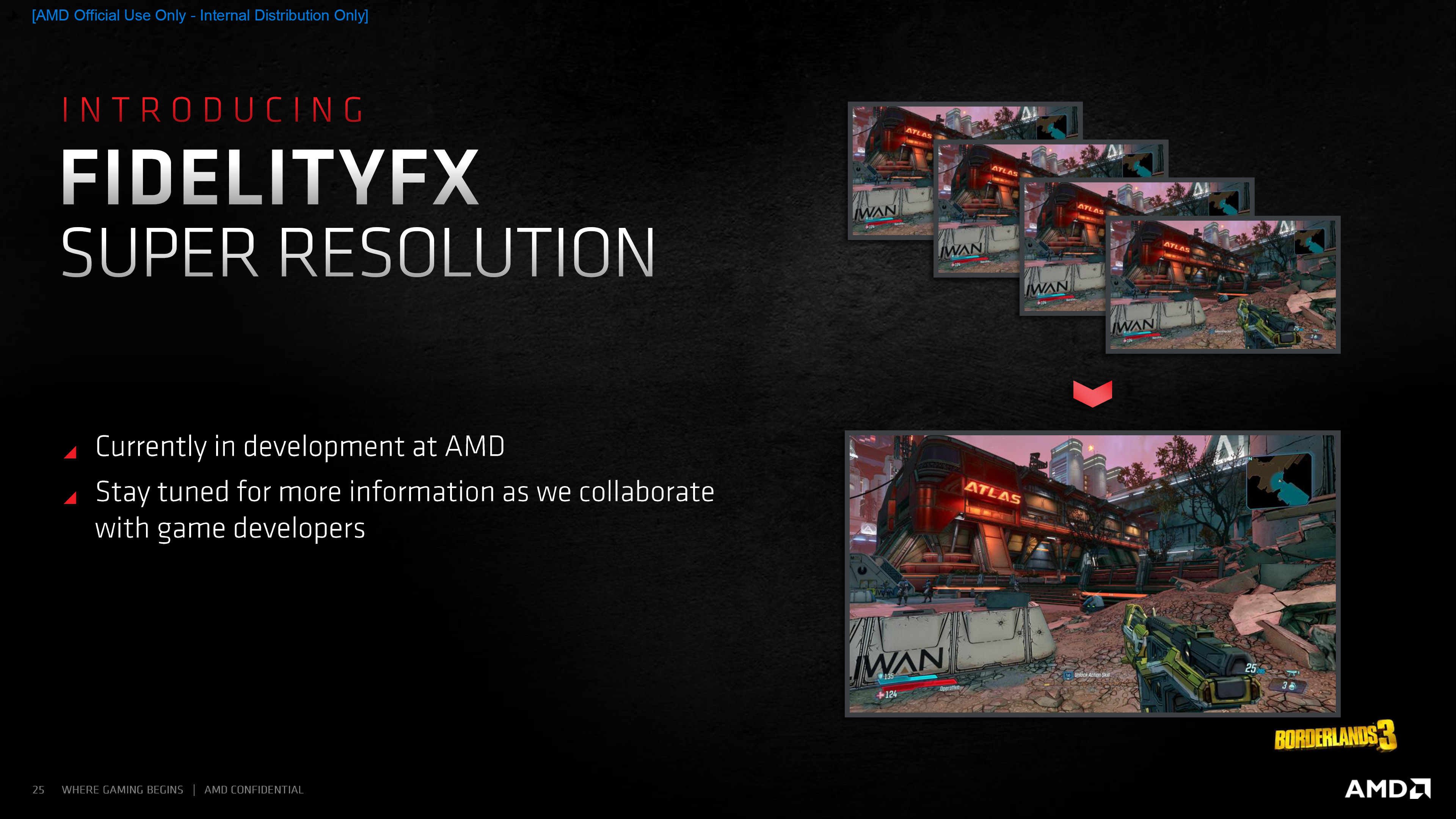An ethernity user from the Beyond 3D discussion forum pointed out that the patent had been clicked. In the media, the situation was blurred by the VideoCardz website. However, I think that it is not a very happy form, because the text of the novelty sounds a little different than the content of the patent. This is partly explained by the fact that the patent does not work with a reference to graphic content (diagrams, drawings…), so it is possible to rely only on the description of the figures, which are not available.
In his own words, VideoCardz rewrites the part where the patent talks about the weaknesses of current methods using neural networks and machine learning, and further states that the AMD method will use interference. The VideoCardz report could indicate that AMD would not use either machine learning or neural networks and would build a method to increase the resolution differently. Which, given the content of the patent, would not be entirely true.
AMD states that: “Conventional practices include a number of conventional neural network architectures that increase resolution by linearly enlarging the image. However, these linear functions do not work with other types of information (such as nonlinear), which results in blurred and / or corrupted images. Furthermore, common neural network architectures are generalizable (“generalizable”) and trained to function without substantial knowledge of the immediate subject matter. Other common techniques use machine learning. However, they do not include important elements of the original image, which leads to a loss of color information and detail. “
However, this statement cannot be taken as a rejection of the AI methodology, but should be understood (in the context of the rest of the patent) as a warning of the weaknesses that AMD wants to avoid. Its method should use AI (“The GSR network approximates more generalized problems more accurately and efficiently than conventional super resolution techniques by training the weights of the convolutional layers with a corpus of images. ”), but to work with both linear and nonlinear information to avoid the problems described in the first part of the citation mentioned in the previous paragraph.
There is no clear information about the release of FidelityFX Super Resolution technology yet. AMD’s official statement is no more specific than “this year”. We could learn more about Computex 2021 at the turn of May and June.
–


